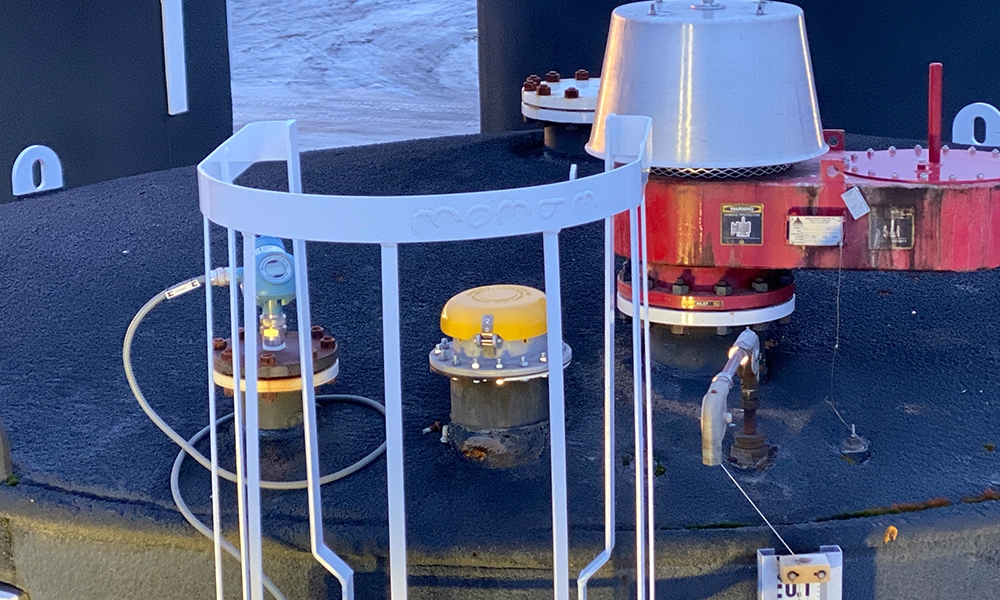
In the vast and complex world of oil and gas operations, tank emissions stand as a critical environmental concern. The silent release of gases into the atmosphere not only poses significant environmental risks but also underscores the importance of effective leak detection and emission control measures. As we delve into the mechanisms behind gas emissions from oil and gas tanks, it becomes evident that maintaining the integrity of vapor recovery units (VRUs) and monitoring the condition of thief hatches and level indicator ports are pivotal steps in mitigating these risks.
The Mechanics of Gas Emissions
Gas emissions from tanks can occur through various processes, including operational venting, breathing losses due to temperature fluctuations, and working losses during tank filling or emptying. Each of these processes presents unique challenges in the quest to minimize emissions and safeguard the environment.
Breathing losses illustrate the dynamic nature of tank emissions, with gases expanding and contracting in response to temperature changes. This thermal dance necessitates mechanisms to manage the resulting pressure fluctuations, a role often filled by thief hatches. However, the functionality of these components is closely tied to the effectiveness of VRUs, which capture and recycle or safely dispose of the gases that might otherwise escape into the atmosphere.
The Critical Role of Vapor Recovery Units
VRUs are at the heart of emission control strategies, designed to capture VOCs and other hydrocarbon gases before they can be released. By recycling these gases for further processing or combustion, VRUs not only reduce environmental pollution but also enhance operational efficiency. However, the reliability of these units is paramount; when VRUs go down, the system’s ability to contain emissions is compromised, leading to increased atmospheric pollution.
Thief Hatches: The Achilles’ Heel
The operational integrity of thief hatches is crucial in managing tank pressure and preventing emissions. These hatches serve as a last line of defense, venting gases to prevent overpressure situations that could lead to tank damage or safety hazards. However, when VRUs fail and thief hatches are forced open, they seldom return to their original functionality. Once popped, thief hatches often require replacement to ensure a proper seal, highlighting the importance of regular maintenance and immediate attention to VRU malfunctions.
The Path Forward: Detection, Maintenance, and Compliance
The journey towards minimizing tank emissions is multifaceted, involving stringent leak detection, diligent maintenance, and strict regulatory compliance. For oil and gas operators, investing in state-of-the-art leak detection technologies and maintaining a proactive stance on equipment maintenance can make a significant difference. Regular checks and timely intervention in the case of VRU failures or compromised thief hatches are essential steps in preventing emissions and preserving the environment.
As the industry moves forward, the role of technology and innovation in addressing these challenges cannot be overstated. Advanced detection systems, improved VRU designs, and enhanced sealing solutions for thief hatches all represent avenues for reducing the environmental impact of oil and gas operations. By embracing these tools and practices, the industry can take significant strides towards sustainability and environmental stewardship.
In conclusion, the battle against tank emissions is ongoing, but with the right approach, it is a challenge that can be met. Through vigilant leak detection, rigorous maintenance, and a commitment to environmental protection, we can mitigate the risks and pave the way for a cleaner, more sustainable future.

